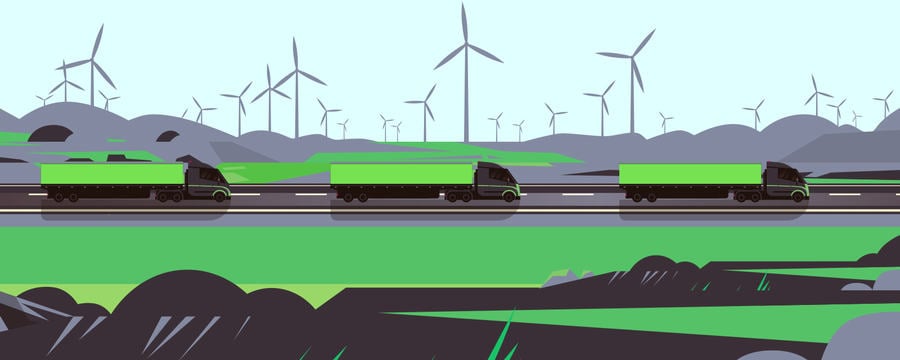Sustainable development
In this step, you will be introduced to the concept of sustainable development and explore various definitions and applications throughout time and across different contexts.
A society grows great when old men plant trees whose shade they know they shall never sit in.(Greek proverb)
The first landmarks of sustainable development
…be sustained indefinitely while giving optimum satisfaction to its members.(Goldsmith et al. 1972)
…essential for the society to reduce the rate of resource usage to avoid a collapse induced by nature or the market
…a condition of ecological stability that is sustainable far into the future
…capable of satisfying the basic material needs of all people (Meadows et al. 1972)
The 1972 Stockholm Conference
…shape actions with a more prudent care for their environmental consequence
…defend and improve the human environment for present and future generations.(United Nations 1972)
The 1987 WCED Brundtland Report
Sustainable development is development that meets the needs of the present without compromising the ability of future generations to meet their own needs.(Brundtland report, WCED, United Nations 1987)
…a process of change in which the exploitation of resources, the direction of investments, the orientation of technological development and institutional change are all in harmony and enhance both current and future potential to meet human needs and aspirations.(United Nations 1987)
The 1992 Rio de Janeiro Earth Summit and Agenda 21
The latest international initiatives about sustainable development
Your task
What are you already doing to live a more sustainable life? What else could you do?Share your thoughts with your classmates in the comments area below.
References
Du Pisani, J. A. (2006) ‘Sustainable Development – Historical Roots of the Concept’. Environmental Sciences 3 (2), 83-96
Goldsmith, E., Allen, R., Allaby, J. M., Davoll, J., and Lawrence, S. (1972) A Blueprint for Survival. Boston, Mass: Houghton Mifflin
Meadows, H. D., Meadows, D. L., Randers, J., Behrens III, W. W. (1972) The Limits to Growth. A Report for the Club of Rome’s Project on the Predicament of Mankind. New York: Universe Books, 205
United Nations (1972) ‘Report of the United Nations Conference on the Human Environment. Stockholm’. held 5-16 June 1972 at Stockholm, Sweden [online]. available from https://sustainabledevelopment.un.org/milestones/humanenvironment [8 July 2019]
United Nations (1987) Our Common Future: Report of the World Commission on Environment (Brundtland Report) [online]. Oxford: Oxford University Press, 27. available from: https://sustainabledevelopment.un.org/milestones/wced [8 July 2019]
United Nations (1997) UN Conference on Environment and Development (1992). Earth Summit held 3-14 June 1992 at Rio de Janeiro, Brazil [online]. available from https://sustainabledevelopment.un.org/milestones/unced [17 December 2019]
Further reading
United Nations (2016) The Paris Agreement (2016) United Nations Framework Convention on Climate Change [online]. New York: United Nations. available from https://unfccc.int/process-and-meetings/the-paris-agreement/the-paris-agreement [8 July 2019]
Share this
Sustainability and Green Logistics: An Introduction

Sustainability and Green Logistics: An Introduction


Reach your personal and professional goals
Unlock access to hundreds of expert online courses and degrees from top universities and educators to gain accredited qualifications and professional CV-building certificates.
Join over 18 million learners to launch, switch or build upon your career, all at your own pace, across a wide range of topic areas.
Register to receive updates
-
Create an account to receive our newsletter, course recommendations and promotions.
Register for free







